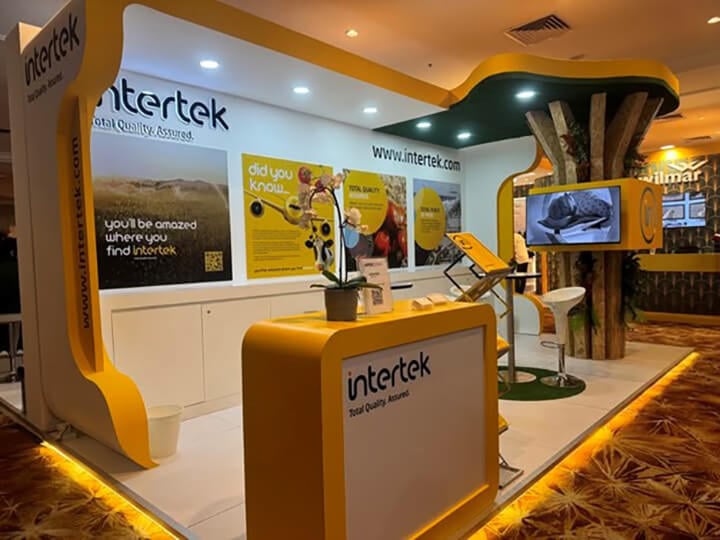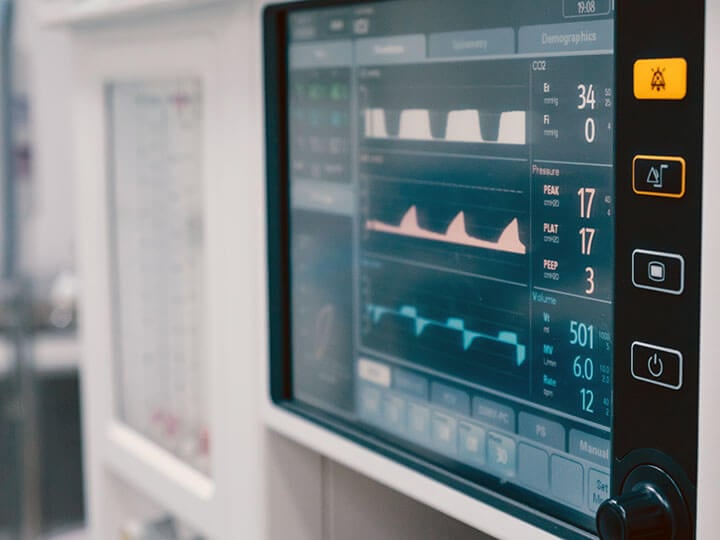IEC 60601-1-2 4th Edition: Top 16 Medical Device FAQs
1. What does the term "Essential Performance" means?
It is quite literally referring to which functions of the product are considered essential. According to IEC 60601-1: performance of a clinical function, other than that related to BASIC SAFETY, where loss or degradation beyond the limits specified by the MANUFACTURER results in an unacceptable RISK. ESSENTIAL PERFORMANCE is most easily understood by considering whether its absence or degradation would result in an unacceptable RISK.
2. Does using either 2nd or 3rd edition make any device less safe? Are there any benefits to 3rd compared to 2nd?
The test levels required by both the 2nd and 3rd editions of IEC 60601-1-2 are the same. The changes included a revision and renumbering of clauses to align it with the 2005 edition of IEC 60601-1 and other ISO/IEC editing requirements. The main change was in clause 4, where 3rd edition recognizes that IEC 60601-1:2005 implements a risk management process. For this reason, while the test levels are the same, the objective of the testing and what is being monitored may be different in a 2nd and 3rd edition test report. If it can be shown that the 2nd edition testing covered all aspects of basic safety and essential performance identified in the 3rd edition risk management file, then the 2nd edition report can be used to show compliance with the 3rd edition requirements on that basis. Actual device safety will vary from device to device and will depend on how robust the risk management file is in regards to EMC phenomena.
3. For devices approved in 2009 with 60601-1 do we have to test for rev 3 in the US for FDA an in other countries like in Europe? What would be the rev 3 requirements at present for devices cleared in 2009?
Devices approved in the USA prior to the transition dates are grandfathered in and do not require further testing to the updated requirements unless they are changed in a way which requires a follow up submission to the FDA. In Europe, devices placed on the market after the transition dates must meet the new requirements. Currently the 3rd edition of EN 60601-1-2 applies in the EU. After December 31, 2018, EN 60601-1-2 4th edition will be required.
4. For IEC 61000-4-3, test at 28V/m and 9V/m is it applicable to all MDE or only MDE that includes a transmitter?
The IMMUNITY to proximity fields from RF wireless communications equipment test in clause 8.10 of IEC 60601-1-2 4th edition applies to all devices, not just those which contain a transmitter.
5. Is the ESD 'hand' symbol suitable to indicate parts of circuitry that may carry a charge post switching of the device? Like big capacitors?
No, it is intended only to indicate I/O ports where the pins have not been tested, when they would normally be tested due to being user accessible. This mark has been removed from the 4th edition of IEC 60601-1-2.
6. Is emergency medical (IEC 60601-1-12) always a 'special' environment?
Emergency Medical Services are automatically classified as the ‘Home Healthcare Environment’ per clause 8.1 of IEC 60601-1-2 4th edition. The standard also indicates that increased test levels above and beyond the home healthcare test levels may be appropriate in some circumstances.
7. Is the EU accepting the 4th edition now? If we have been certified to 3rd edition and are manufacturing, upon 4th edition implementation in marketed country, will re-testing be necessary?
The EU has not explicitly harmonized the 4th edition yet, however it should be possible to justify the use of the 4th edition to a notified body reviewer. In the EU, products placed on the market after the transition dates will need to be tested to the new requirements.
8. Will the new standard require ESD discharge to I/O pins?
ESD discharge to I/O pins is typically not needed, unless they are clearly accessible to the end user.
9. For the IEC 61000-4-3 Radiated RF Immunity and IEC 61000-4-6 Conducted RF Immunity testing, is the modulation 1 KHz & 2 KHz or 1 KHz & 2Hz that has been changed just to 1Khz?
In the 4th edition, the modulation is 1 kHz 80% AM, and/or any risk frequencies identified by the manufacturer in their risk analysis, which may include 2 Hz, and any modulation frequencies specified in applicable particular standards for specific product types.
10. What if your device is meant to generate and receive signals that violate EMC limits?
Radios contained within the device must meet the applicable radio requirements. Intentional emitters that are not radios are covered by Cispr 11 Group 2.
11. Would something such as a hemodialysis device be considered Life Saving, or Life Sustaining?
Under 3rd edition guidance, any device which has at least one function which is intended to actively keep alive or resuscitate patients, the failure of which is likely to lead to serious injury or death, is considered life supporting. The life supporting equipment category was removed from the 4th edition. In practice it becomes difficult to determine.
Would failure of the system lead to serious injury or death? How long would it take? Are there alternate means available? In some cases this is clear, such as perhaps an artificial heart where cessation of operation would lead almost immediately to death. In other cases it is less clear, for example, is an infusion pump life supporting if it is infusing a drug required to sustain life? Or is it not life supporting due to the availability of alternate means to administer the drug? Determination of whether a device is life supporting or not needs to be addressed in the risk management file, along with clear justification and rationale for the category selected.
12. What happened to the "small clinic" environment?
This would be considered a “Professional Healthcare Facility Environment”. “Limited Care Facilities” is included in the examples of this environment in the IEC 60601-1-2 4th editions standard in Figure 3.
13. Are there any examples available of typical EMC test plans?
Annex G contains detailed guidance and an itemized list of what should be in an EMC test plan.
14. We have a DC power from USB device. We marginaly failed ESD only for software communication loss. Our intent was to specify only use while running on laptop battery power with no AC/DC convertor. We were forced to add AC/DC converter because tester could not get a discharge. If our software locks out use while AC powered what is the rule?
The standard requires that the product complies not only during typical usage cases but also in cases of reasonably foreseeable misuse. In the case described, even if the software locks out use while the laptop is AC powered, consider whether there is a way to defeat the lockout and use the device while the laptop is AC powered. Also, even if the device is not intended to operate in this condition, if the device is present when the laptop is AC powered it will be exposed to EMC phenomena such as surges, transients, coupled ambient or conducted signals, and grounded ESD discharges, so it makes sense to test this scenario to see if the device can be affected, including the possibility that the lockout could be defeated by the EMC disturbance. The requirement is that the outcome of the test must be evaluated against the risk management file for the product and a determination must be made by the manufacturer as to whether this is an acceptable degradation or not, in the context of risk. The device is required
to maintain basic safety and essential performance. Note that under the 4th edition, there is now a requirement to notify the end user in the information to user about any expected loss of performance such as the scenario described in the question, even if the degradation was determined not to affect basic safety and essential performance.
15. Given the FDA's Guidance on Wireless, and now this 4th edition update for RF Immunity, is there some expectation that this will address those FDA requirements?
What is described appears to be a step in that direction. A similar question came up internally, and based on discussions with both the ANSI C63.27 Wireless Coexistence standards writing working group chair as well as with FDA personnel, there is currently no plan to replace FDA wireless requirements with the 4th edition proximity RF testing, however this opinion may evolve over time as the intent and scope of the two requirements are similar in many ways.
16. Will smart batteries used in medical equipment need to be EMC compliant as stand alone devices?
Subsystems contained within a medical device can be approved along with the overall medical device. However any subsystem which can be removed and which can operate separately, such as a smart battery which contains electronics that could operate when the battery is removed from the device, as well as in scenarios where there is a charger, compliance for those configurations needs to be addressed in some manner.
Download the PDF here and learn more about 4th Edition by visiting www.intertek.com/4thEdition.


